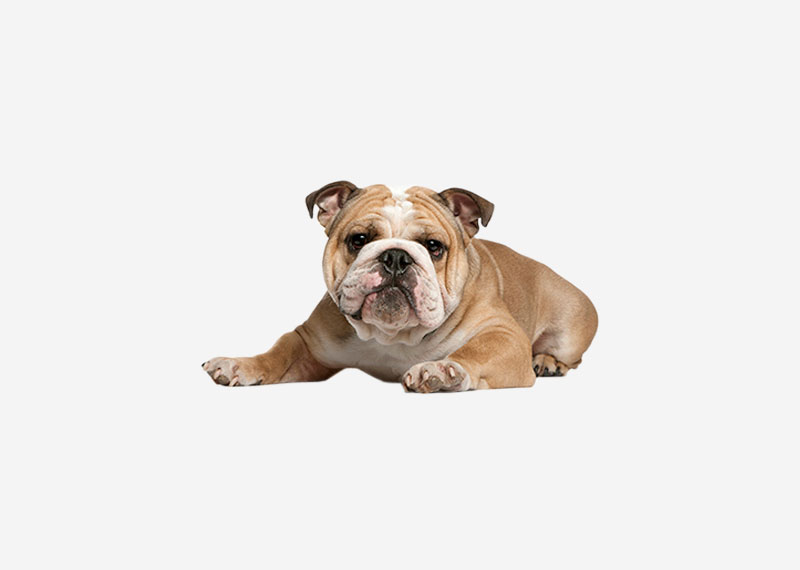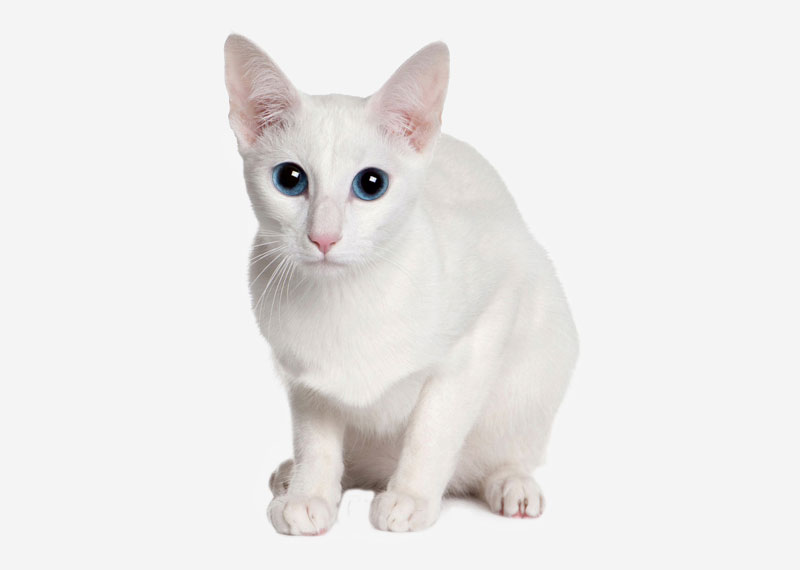Super User
Old Danish Pointer
The Old Danish Pointer is a medium-sized breed of dog, white with brown markings originally used as a pointer in Denmark.
Old English Sheepdog
The Old English Sheepdog (OES) is a large breed of dog which was developed in England from early herding dog dog type of dog. The Old English Sheepdog can grow a very long coat, with fur covering the face and eyes. Obsolete names of the breed include Shepherd's Dog It is still nicknamed Bob-tail (or Bobtail) because historically, the tail was traditionally Docking in this breed.
History
The Old English Sheepdog comes from the very old pastoral type dogs of England, but no records were kept of the dogs, and everything about the earliest types is guesswork. A small drop-eared dog seen in a 1771 painting by Gainsborough is believed by some to represent the early type of the Old English Sheepdog. In the early 19th century a bobtailed drovers dog, called the Smithfield or Cotswold Cor, was noticed in the southwestern counties of England and may have been an ancestor. Most fanciers agree that the Bearded Collie was among the original stock used in developing today's breed. Some speculate that the Russian Owtchar was among the breed's ancestors. Some diseases being investigated include hip dysplasia (canine), Cancer is a major cause of death amongst Old English Sheepdogs.
Old English Terrier
The Old English Terrier is a dog breed of the terrier type.
Old German Shepherd Dog
Old German Shepherd Dog is a controversial predicate for the long-hair variation of the German Shepherd Dog (), which is not as an own breed recognized by the Fédération Cynologique Internationale. Nonetheless are there efforts to establish this variety as a separated breed.
Old Time Farm Shepherd
The Old Time Farm Shepherd is a rare breed of working dog known for its versatility and intelligence. Old Time Farm Shepherds are the decedents of the old working Scotch Collies that were common on farms in America in the early twentieth century, as a recognized breed they were started by J. Richard McDuffie in 1994.
Olde English Bulldogge
The Olde English Bulldogge is a recently created American dog breed. In the 1970s David Leavitt created a true-breeding lineage as a re-creation of the healthier working bulldog from the early 1800s in England. Using a breeding scheme developed for cattle, Leavitt crossed bulldog with Pit Bulls, Bullmastiffs, and American Bulldogs. The result was an athletic breed that looks similar to the bulldogs of 1820 but also has a friendly temperament. Leavitt has since dissociated himself with this name for the breed and set up the Leavitt Bulldog as its name, but the original name has been adopted by the United Kennel Club whose breed standard is adopted as of 1 January 2014.
Oregon Rex
The Oregon Rex was one of several breeds of domestic cat with the rex mutation, which in the mid-20th-century occurred from spontaneous genetic mutation.After its acknowledgment as a separate breed, it enjoyed a short time of popularity among cat breeders in the United States. By now, due to crossbreeding with other Rex types, this breed seems to have merged with the other more popular Rex breeds like Devon Rex or Cornish Rex.
History
According to some claims, the first litters of typically Oregon-Rex-like cats occurred in 1944. The first documented case of an Oregon Rex cat is traced back to a litter of cats in the U.S. state of Oregon in 1955. The specific kitten differed from its siblings and its mother by having a curly coat whereas the others all had straight fur.At the same time, the first Cornish Rex were imported to the U.S. from Great Britain, and were soon interbred with the developing Oregon Rex breed. Breeders from Oregon then established a purebred Oregon Rex which soon became one of America's most popular Rex breeds. In the course of breeding, however, all types of Rex cats—each of which differ genetically—were crossbred, and the Oregon Rex did not endure as a stand-alone breed. The last purebred Oregon Rex cat is reported to have died in 1972.
Oriental Longhair
The Oriental Longhair is a breed of domestic cat. It is closely related to the Oriental Shorthair. The Oriental Longhair is analogous to the Cat Fanciers' Association Balinese and Javanese, and the The International Cat Association Oriental Longhair breeds in the United States. With no globally recognized naming convention, other cat fancy may refer to this type as Foreign Longhair or Mandarin. It was formerly known as the British Angora before being renamed in 2002 by British cat fanciers in order to avoid confusion with the Turkish Angora.
Oriental Shorthair
The Oriental Shorthair is a breed of domestic cat that is closely related to the Siamese. It maintains the modern Siamese head and body type but appears in a wide range of coat colors and patterns. Like the Siamese, Orientals have almond-shaped eyes, a triangular head shape, large ears, and an elongated, slender, and muscular body. Their personalities are also very similar. Orientals are social, intelligent, and many are rather vocal. They often remain playful into adulthood, with many enjoying playing fetch. Despite their slender appearance, they are athletic and can leap into high places. They prefer to live in pairs or groups and also seek human interaction. Unlike the breed's blue-eyed forebear, Orientals are usually green-eyed. The Oriental Longhair differs only with respect to coat length.
While the breed's genetic roots are ultimately in Thailand, it was formally developed principally in the US. The Oriental Shorthair was accepted in 1977 by the Cat Fanciers' Association for championship competition. Since 1997, it has also received recognition from the GCCF and various other cat breeding organizations. The breed is among the most popular among CFA members.
History
According to the CFA breed profile, "Orientals represent a diverse group of cats that have their foundation in the Siamese breed." The Siamese, in both pointed and solid colors, was imported to the UK from Siam (today, Thailand) in the later half of the 1800s, and from there spread widely, becoming one of the most popular breeds. The gene that causes the color to be restricted to the points is a recessive gene; therefore, the general population of the cats of Siam were largely self-colored (solid). When the cats from Siam were bred, the pointed cats were eventually registered as Siamese, while the others were referred to as "non-blue eyed Siamese" or "foreign shorthair". Other breeds that were developed from the landrace cats of Thailand include the Havana Brown (which some breed registries classify as simply an Oriental Shorthair variant) and the Korat.
The Oriental Shorthair was accepted as an actual breed for championship competition in the US-headquartered CFA in 1977. In 1985, the CFA recognized the bicolor variant. Two decades later, the breed was finally recognized by the UK-based Governing Council of the Cat Fancy (GCCF) in 1997, but with some differences from CFA on coat conformation. GCCF publishes separate breed registration policies for a number of specific-coat Oriental Shorthair variants today. The Germany-based World Cat Federation (WCF) recognizes the breed, but with color requirements that are comparatively unrestrictive in some way, but notably opposed to white ("All colours and patterns without white and without points are recognized.")
In the Cat Fanciers' Association (CFA), some of the point-colored offspring from Oriental Shorthair parents are considered "any other variety" (AOV), but depending on the pedigree, some may compete as Colorpoints. In The International Cat Association (TICA) and many other cat fancier and breeder associations, these cats are considered to be, and compete as, Siamese, when recognized at all.
Otterhound
The Otterhound is an old United Kingdom dog breed. The origins are not known. It is a scent hound, and was developed to hunt otters. It is currently recognised by the Kennel Club as a Vulnerable Native Breed, with around 1000 animals worldwide.








